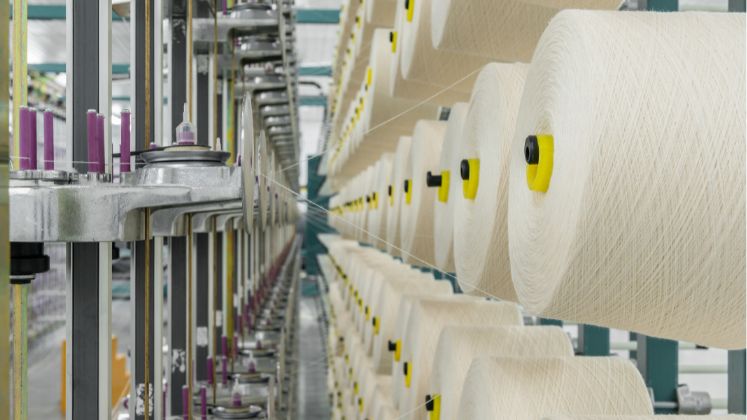As part of the next round of GST reforms, a senior government source has stated that the GST Council may consider a proposal to implement a uniform 12% Goods and Services Tax (GST) throughout the textile value chain by September.
The initiative is reportedly supported by the Centre and could be included in the Group of Ministers’ (GoM) rate rationalisation report. The inverted duty structure that has long impacted the industry is what it aims to fix. Cotton is currently subject to a 5% tax, yarn to a 12% tax, and synthetic fibres and the chemicals that go into making them to an 18% tax. The GST rate on clothing less Rs. 1,000 (US $ 11.51) is 5%, while the GST rate on clothing over Rs. 1,000 (US $ 11.51) is 12%.
Cotton’s status as a primary agricultural commodity serves as the justification for its reduced GST rate of 5%. Since cotton was a farm product, it was taxed at a rate of 5% with the idea that this would help the farming community and keep the cost of basic textile raw materials low.
Nevertheless, this rate discrepancy has resulted in an inverted duty structure, which discourages investment, distorts pricing throughout the value chain, and traps working capital in refund claims.
The plan might also eliminate the garment price cap and impose a uniform 12% tax on all goods, regardless of their worth.
Because of its reliance on inverted duty refunds, which the government is currently seeking to curtail, the current rate structure not only distorts prices but also has an impact on working capital flows.
Despite their increasing importance in the Indian textile mix, synthetic products, which make up a significant portion of mass consumption, are currently subject to higher taxes.
The action is a component of a larger effort to simplify the GST framework, lower hidden expenses, and raise India’s textile industry’s level of competitiveness internationally.
Concerns about the inverted tariff structure have long been raised by the textile industry, particularly in the synthetic sector, which has hampered export competitiveness and discouraged investment. If applied, a standard rate would make compliance easier, lessen reliance on refunds, and maybe draw in new investment for the textile industry.







